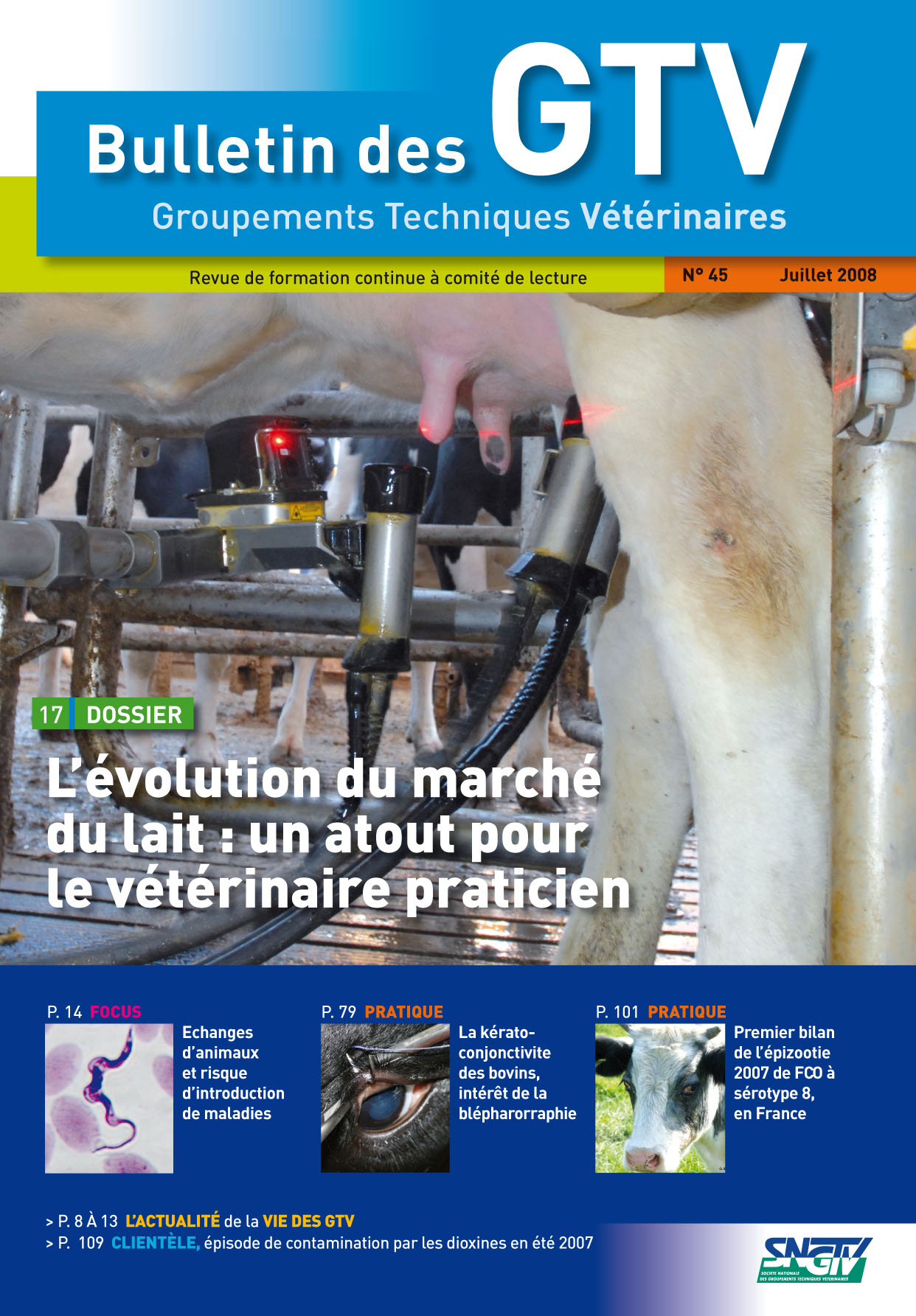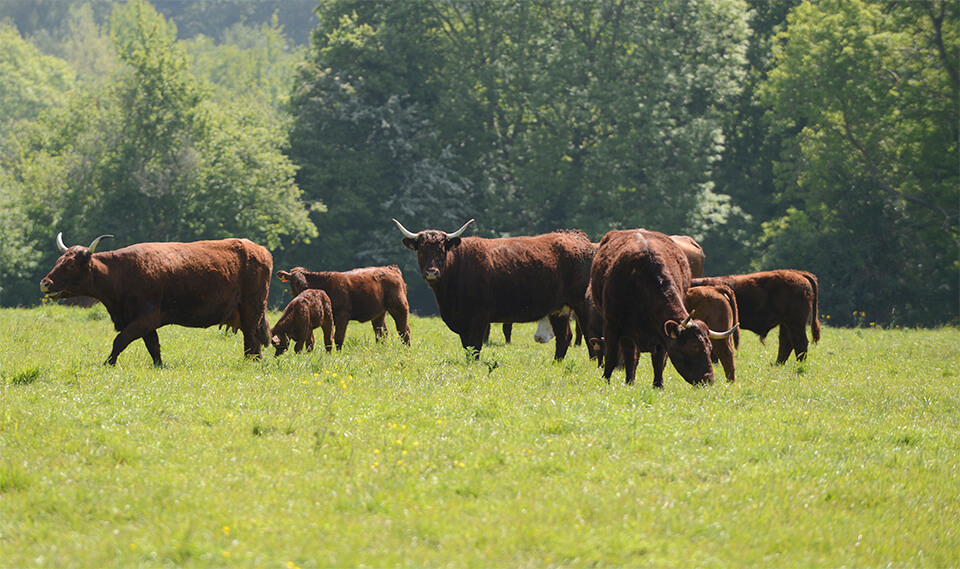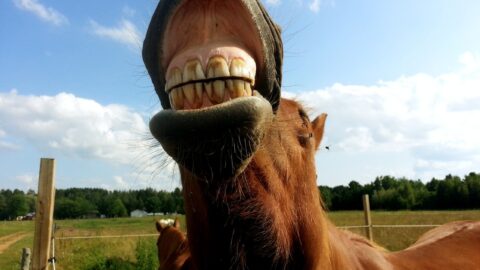Principe du traitement de la douleur chez le cheval

Auteurs
Résumé
La douleur est un phénomène complexe ainsi qu’en témoignent les nombreuses définitions qui lui sont attribuées et l’absence d’unité de mesure qui lui soit associée. Cet article a pour but de guider le praticien dans la consultation de première intention du cheval présentant des signes douloureux. C’est-à-dire, lors de la première visite, de diagnostiquer la douleur exprimée par le cheval en fonction de sa durée, de sa localisation, de son étendue, de son origine et du comportement de l’animal. En fonction de ces caractéristiques, de l’arsenal thérapeutique dont nous disposons (anti-inflammatoires, opioïdes, alfa2agonistes, anesthésiques, actes médicaux et chirurgicaux) et du devenir de l’animal, un plan thérapeutique et de suivi peut ensuite être établi. L’aspect « légal » de la prescription est aussi abordé. Le cheval, animal de sport, ou de consommation peut être soumis à un contrôle antidopage ou à des interdictions d’administration de certains produits.
Abstract
The purpose of this article is to guide the practitioner in the consultation of the painful horse. I.e. at the time of the first visit, to diagnose the pain expressed by the horse according to its duration, of its localization, of its extent, its origin and the behavior of the animal. According to these characteristics, and thanks to our weapons (anti-inflammatory drugs, opioïdes, alfa2agonists, anaesthetic, medical and surgical acts) and depending on the becoming of the animal, one will be able to establish a therapeutic and follow-up plan. The “legal” aspect of the regulation is also approached. The horse, sport animal or used for consumption can be subjected to a doping control or to the prohibition of products administration.


